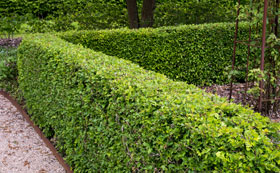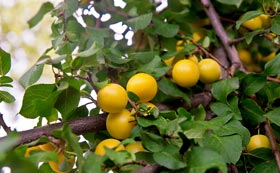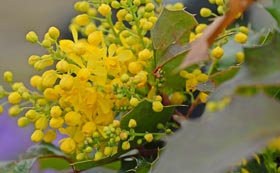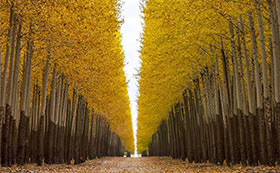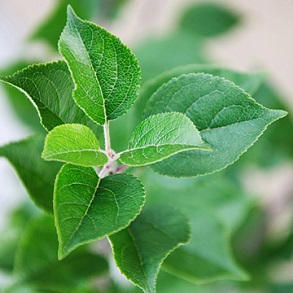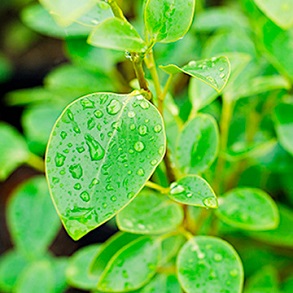Hedging information & FAQs
From natural native hedges to neatly clipped formal boundaries, there are hedges to suit every garden. Many are made from closely planted shrubs although some, such as holly and yew, will make trees if left untrimmed.
Hedges are a great benefit to wildlife as they provide shelter, nesting sites, food and a safe corridor between gardens. Unlike fencing panels, they filter the wind and they can help to reduce the risk of flooding.
How do you maintain a hedge?
To keep a hedge looking good you need to clip it regularly, at least once a year. An electric hedge trimmer will make the job easier, although hand shears can also be used.
Keep the ground underneath free of weeds, which will compete with the plants for water and nutrients. Adding a mulch of compost or other organic matter in spring or autumn will help with moisture retention and weed suppression.
Are hedges good for noise reduction?
Hedges like any dense area of planting will help to reduce noise pollution. This makes them particularly suitable for front gardens on busy roads. Evergreens are the best choice and hedges should be tall and wide.
Are there specific techniques for trimming and shaping hedges, or can you let them grow naturally?
If hedges aren’t clipped regularly, they will soon become too big for their allotted space and start growing into trees. Clipping also helps to thicken the hedge. A formal hedge will need trimming more often than an informal one.
Cut the sides first and use a string guide to get the top level. Make sure the top of a hedge is never wider than the base as it will block the light resulting in poor growth.
Do hedges have any specific soil requirements?
There are plants suitable for making hedges in most types of soil though few will cope with waterlogged ground. Holly and yew will grow in shade but most other hedging plants need an open, sunny position.


